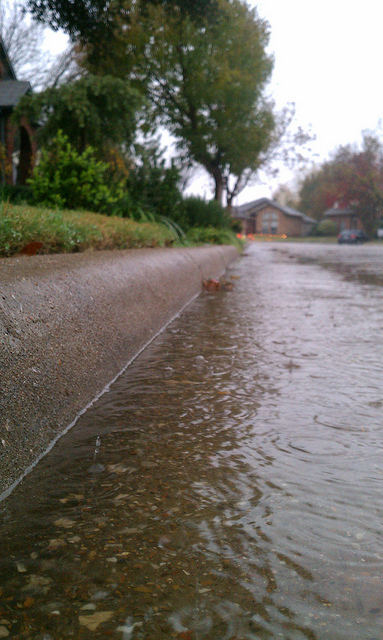
Source: NYT Masthead, The New York Times, Wikimedia
Let’s look at several short arguments that come from letters to the editor in the New York Times. You will try to find a claim in each letter, and you will learn to recognize evidence the writer provides to support the claim.
The argument below is about “retiring” monkeys from a primate research center at Harvard.

Source: Schimpanse zoo-leipig, Thomas Lersh, Wikimedia
Closing of Primate Center
To the Editor:
. . . Budget cuts always eliminate the least necessary. We drop premium cable before heat or electricity. Harvard’s decision [to close the primate research center] suggests that it, too, knows that primate research isn’t a necessary expense or a justifiable cruelty.
But the monkeys will not celebrate if sent to another lab, as planned. They deserve protection from further harmful research. Sanctuaries, with financing, would be able to take them.
I hope that Harvard, which has profited plenty, will do the right thing: Retire the monkeys with the support necessary to live the rest of their lives in safety and comfort [in a primate nature preserve].
THEODORA CAPALDO
Boston, April 26, 2013
Is this an argument? Let’s look at it closely, part by part. Click to choose your answers to these questions.

1. An argument must begin with a claim; it must make a statement that will be supported by evidence. Which of the choices below is true of the claim in the letter?
deserve protection” and “Harvard has
profited plenty.”
Here’s a second short argument about conserving water by collecting rain and snow. Read the argument and then answer the questions about its claim and evidence.

Source: Rainy Day, fables98, Flickr
Harvesting Water
To the Editor :
. . . Rather than allowing rain and snow to evaporate or cause pollution from runoff downstream, we can use these wasted resources in a variety of ways.
Whether runoff is stored inexpensively in the soil or in highly effective systems of water storage tanks, called cisterns, there is a growing movement to use old-fashioned American ingenuity to harvest precipitation [that is, collect it] when it does fall on our roofs and other impervious surfaces.
Water harvesting is common, from Australia and New Zealand to Bermuda and beyond. Meanwhile, retrofitting our communities to harvest precipitation would create jobs in the building and development industries that crumbled in 2008.
NATE DOWNY
New York, April 8, 2013
Is this an argument? Let’s look at it closely, part by part. Click to choose your answers to these questions.

1. Is there a claim?
is “[It is a good idea] to harvest precipitation
when it falls on . . . impervious surfaces.”
An argument has to have both a claim and evidence to support the claim. Sometimes, claims are well supported by evidence; you can say that the argument is good if the claim is well supported. Sometimes, of course, the evidence is not authoritative, not relevant, or not convincing. In these cases, you have to say the argument is not so good. In fact, you may have to say that it’s just a bad argument.
As you read, you should be aware of what claims an author is making and how well the author’s evidence supports those claims. This will help you decide which arguments are worth considering, thinking about, and researching further and which ones are worth rejecting.

Source: IKBLC Interior25, UBC Library, Flickr